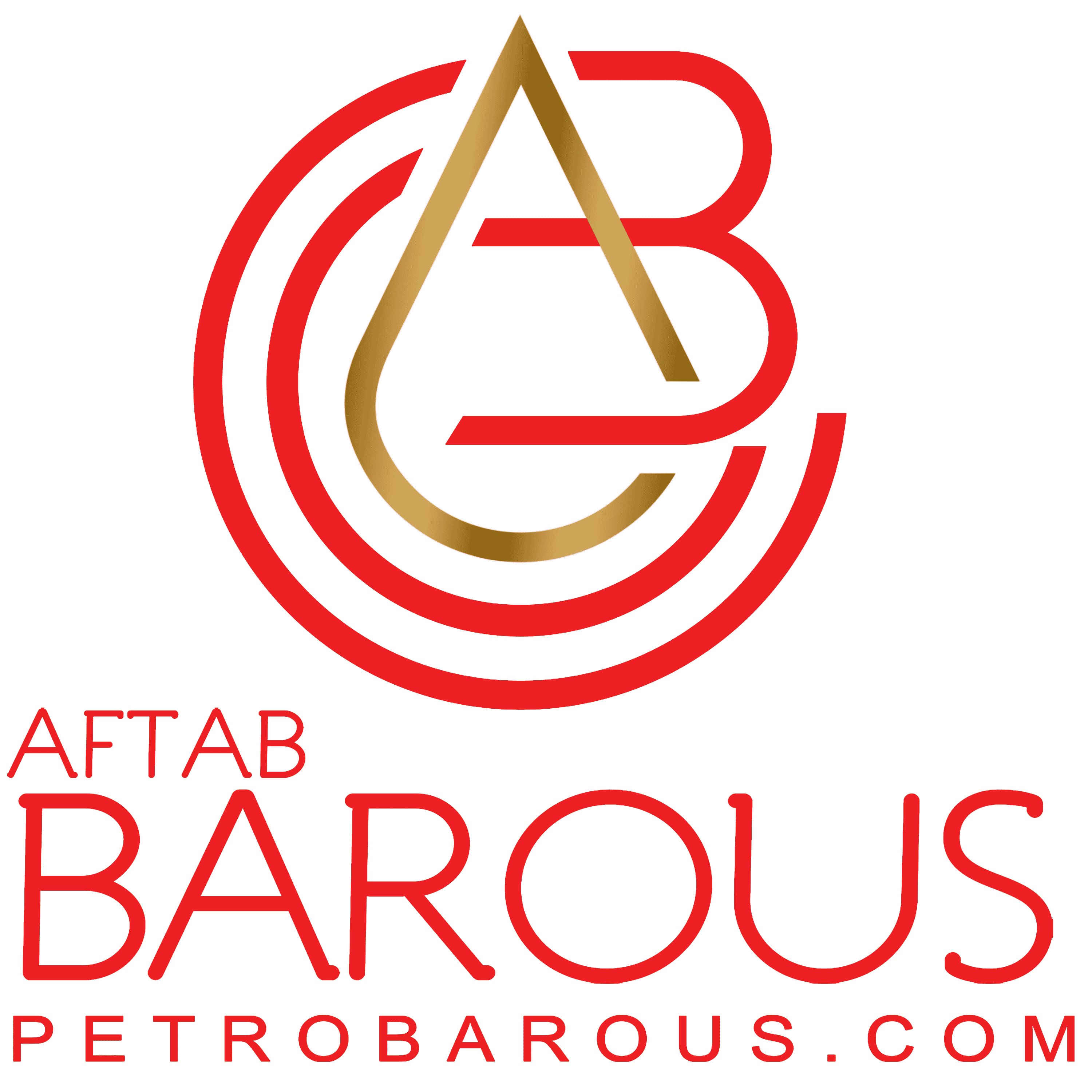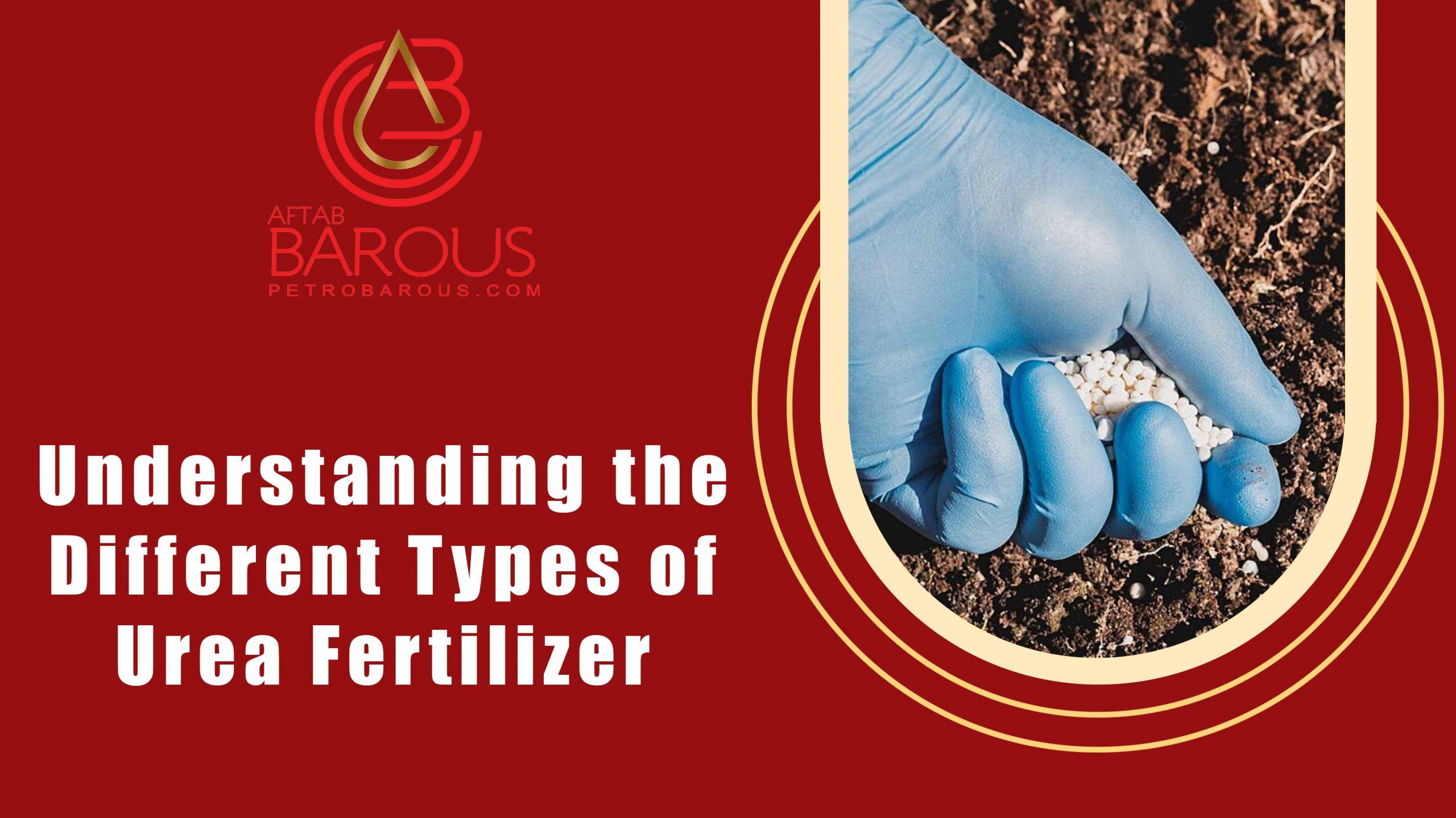Urea fertilizers are among the most effective and widely used nitrogen sources for agriculture globally. Petro Barous Co specializes in providing high-quality urea fertilizers that cater to various agricultural needs. In this article, we will delve into the two main types of urea fertilizers—prilled and granular—highlighting their physical properties, applications, and benefits. Understanding these differences can help you select the right urea fertilizer for your specific needs.
Prilled Urea
Prilled urea is a solid nitrogen-rich fertilizer characterized by its ability to dissolve quickly in water. Produced through the reaction between ammonia and carbon dioxide, prilled urea contains a higher surface area due to its spherical shape, promoting efficient water interaction and rapid dissolution.
Physical Properties
Prilled urea consists of small spherical particles with a larger surface area compared to granular urea. This unique structure allows it to dissolve rapidly when exposed to moisture, making it an efficient choice for fertilizing crops quickly. Additionally, it is designed with high resistance to breakdown and evaporation, ensuring more prolonged availability for plant uptake, even during rainy seasons. This durability allows for less frequent applications of fertilizer.
Prilled Urea Applications
Prilled urea has a versatile range of applications, including:
– Direct Soil Application**: It can be applied directly to the soil or through irrigation systems, serving as an effective nitrogen source that promotes healthy plant growth.
– NOx Control Systems**: Used in diesel engines, prilled urea helps control nitrogen oxide emissions, contributing to cleaner air and reduced air pollution.
– Nitrogen Component in Fertilizer Solutions**: It acts as a vital nitrogen component in the production of liquid or suspension fertilizer solutions.
– Snow Melting**: Known for its deicing properties, prilled urea is effective for melting snow on runways and roads.
– Cattle Feed**: It is used to enhance the nutrition of cattle feed, providing an additional nitrogen source for livestock.
– Pharmaceutical Uses**: Prilled urea finds applications in various pharmacological contexts, demonstrating its versatility beyond agriculture.
Types of Urea Fertilizer 🌟 Contact Us (WhatsApp)
Prilled Urea 46% Shiraz, IRAN
Granular Urea
Like prilled urea, granular urea is also a highly concentrated nitrogen fertilizer, boasting a nitrogen content of 46%. This type can be easily applied directly to the soil or mixed with other fertilizers, such as phosphate and potash, to create a balanced nutrient mix for crops.
Physical Properties
Granular urea consists of larger, uneven-shaped particles that make it sturdier than prilled urea. Due to its robust structure, it is less likely to break during handling and application. Granular urea slowly releases nitrogen over time, providing a sustained nutrient source that benefits plant growth throughout the growing season. To explore the specifications of granular urea, visit the Urea page on our website.
Granular Urea Application
Granular urea has numerous applications in various sectors:
– Raw Material for Other Fertilizers**: It serves as a fundamental ingredient in the production of other nitrogen-based fertilizers, enhancing overall agricultural productivity.
– Manufacturing Melamine**: Used in synthesizing melamine through a chemical reaction with formaldehyde, granular urea is essential in producing melamine-melamine resins.
– Resin Formation**: It plays a crucial role in forming urea-formaldehyde resin, widely used in construction and furniture due to its adhesive properties.
– Air Pollution Reduction**: Granular urea is employed to reduce harmful emissions from diesel engines in vehicles like cars, buses, and lorries, contributing to environmental sustainability.
Both prilled and granular urea fertilizers play essential roles in modern agriculture, offering distinct benefits and applications based on their physical properties. By understanding the differences between these two types of urea fertilizers, you can make informed decisions that will optimize your fertilization strategy and enhance crop yields. At Petro Barous Co, we are dedicated to providing high-quality urea fertilizers tailored to meet the diverse agricultural needs of our clients. Choose the right type of urea for your farming requirements and experience the benefits of effective nitrogen application.




